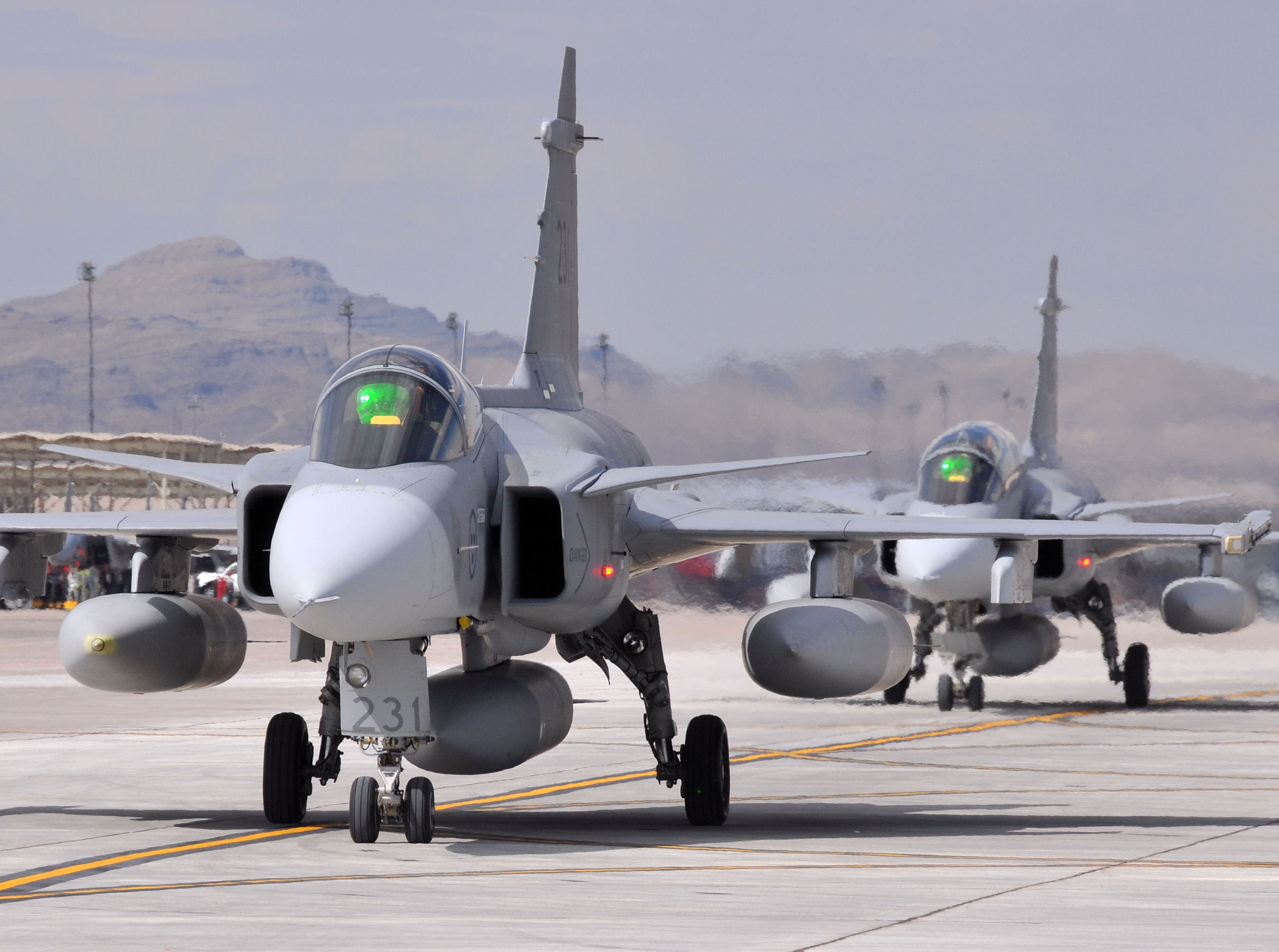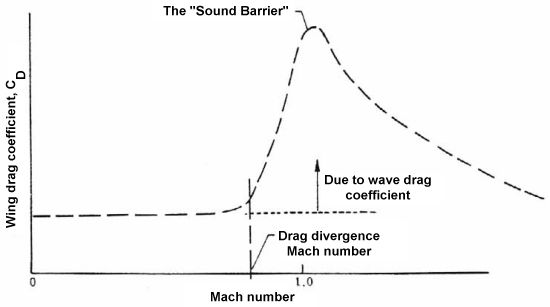F-35 cannot supercruise according to either definition used. Only way for it to achieve supersonic flight at dry thrust is to achieve maximum speed with afterburner (Mach 1,6) and then switch to dry thrust. After that, it takes 150 miles for the F-35 to decelerate to subsonic speed. But to cruise means to sustain the speed.
Following is the quote that started the “F-35 can supercruise” hype:
“What we can do in our airplane is get above the Mach with afterburner, and once you get it going … you can definitely pull the throttle back quite a bit and still maintain supersonic, so technically you’re pretty much at very, very min[imum] afterburner while you’re cruising,” Griffiths said. “So it really does have very good acceleration capabilities up in the air.”
As it can be seen, it can only maintain supersonic flight at low afterburner settings, which would be around 30.000 lbf or 13.608 kgf. At SFC of 2 kg/kgf h (real value is far higher as the cited value is for the most efficient – maximum – afterburner setting), it will be consuming 27.216 kg per hour, or 9.072 kg in 20 minutes. Two minutes of combat will use up 1.300 kg of fuel. Since F-35C has fuel capacity of 8.860 kg, and both other variants have less than that, it means that unlike the Rafale and the F-22, F-35 cannot achieve even the barest minimum requirement to be defined as a supercruising aircraft. Its cruise speed at maximum dry thrust is Mach 0,95. F-/15 is actually in similar situation – a clean F-15 at Mach 1,3 would maintain supersonic speed for several minutes in dry thrust."










